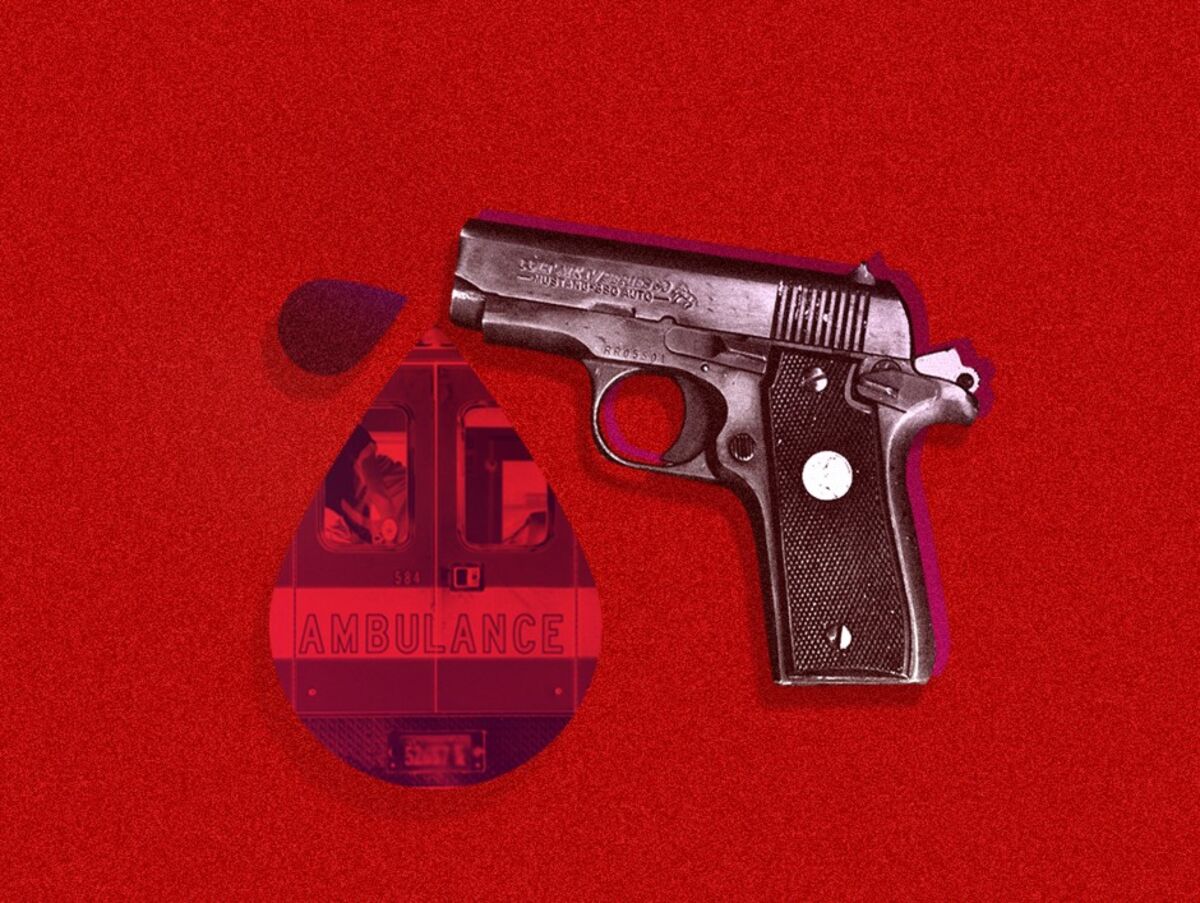Yes, good catch - I worked in all 4 BOS Level 1 Trauma centers at one time or another - plenty of shot, shredded, crushed and torn bodies showing up, many going to the morgue. They transport if not DRT at the scene.
I’m just reviewing a manuscript submitted for publication on deaths in St Louis, MO Level 1 trauma center populations (they have 4) of those with an initial gunshot injury over 2011-2019. Of >10k gunshot individuals, over 93% survived the initial gunshot, with ~4% dead thereafter, half from gunshots (of that half, 2/3 homicide and 1/3 suicide). Gunshot cases were greater than 90% young black males, as expected. Half of the non-gunshot deaths were drug ODs. Median age of death from gunshot was 27, with age 51 for stroke, heart attack, diabetes. The deaths might have occurred anywhere in the US, tracked by the National Death Index database.
Interesting that St Louis has a half or less the gunshot fatality rate of Chicago (7% vs 17%) - they probably aren’t saving more headshot injuries and must be saving more toro injuries. Transport time might be faster in St Louis - minutes count. Chicago’s six Level 1 Trauma Centers don’t matter if people die in the street or a less capable hospital.
America’s third-largest city has built one of the world’s best trauma care systems. But that success might be obscuring the true scale of its gun violence.

www.bloomberg.com
[The link works - it just has a robot warning]
“The vast majority of Chicago slayings—94 percent in 2017—occur in the city’s South and West sides, in places marked not only by poverty but, in some cases, a lack of swift access to medical care. The southeast corner of the city marks a perilous “trauma desert,” where shooting victims are often shuttled out of the city to suburban centers, or north to Stroger Hospital near downtown. It can be a deadly delay.”



